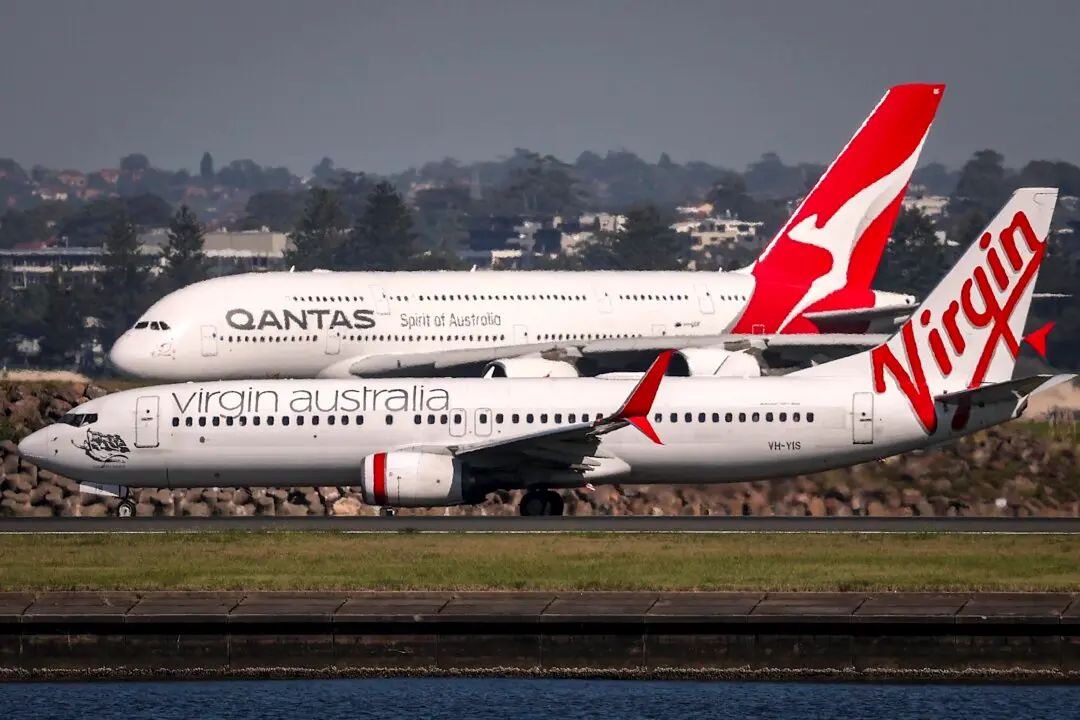The Australian Treasury Department has refuted the idea that corporate profits are worsening inflation. However, it said the mining sector played a small role in consumer price growth.
During a recent Senate estimates hearing, Treasury official Sarah Hunter said the department had analysed the impact of corporate profits on inflation.
“And that’s where looking at mining versus the non-mining sector becomes important because the mining share has clearly lifted quite significantly,” she said.
“But if you take that out and look at the non-mining sector, the movements are much less pronounced.”
Hunter noted that there was a lot of volatility in the data and that Treasury tried not to interpret too much from it from one quarter to the next.
Speaking about the mining sector, the treasury official said high commodity prices had brought significant profits for mining companies, which then flew through to some areas of the consumer price index (CPI) basket, including petrol prices.
“But it’s a much smaller share of the CPI basket than it is of the whole economy,” she said.
Treasury Defends Government’s Stand on the Budget
While answering questions about inflation and its drivers, Treasury Secretary Steven Kennedy upheld the government’s view on the impact of the May budget, saying it would bring down inflation pressure.“In my view, as outlined recently in some public remarks, monetary policy is the primary tool through which we will manage these types of cycles outside of crises,” he said.
The massive spending has raised concerns about worsening inflation amid an economic slowdown.
Central Bank Weighs in on Inflation Risks
Meanwhile, the Reserve Bank of Australia (RBA) has pointed out several risk factors hindering the bank’s effort to contain inflation following an increase in the monthly CPI.The most significant contributors to the rise in inflation in April were housing (up 8.9 percent), food and non-alcoholic beverages (up 7.9 percent) and transport (up 7.1 percent).
RBA governor Philip Lowe singled out rising rent as a “very significant issue” as it was the largest component of the CPI.
“They’re very important, and we’re expecting growth in rents and, as measured in the CPI, it'd be kind of around close to ten percent,” he said.

The governor said prices grew to eye-watering levels due to rental demand for more space during the COVID-19 pandemic and a population boom caused by the reopening of borders.
However, he noted that high prices would cause people to form bigger households by bringing in a flatmate or staying at home with their parents, which would eventually lead to a drop in rent.
“Kids don’t move out of home because the rent is too expensive or you decide to get a flatmate. That’s the price mechanism at work,” he told a Senate estimates hearing.
Weak Productivity Growth Contributes to Inflation
Lowe also said that weak productivity growth posed a risk to inflation as it drove up labour costs.“Over the last three years, there has been no increase in the average output produced per hour worked in Australia—no increase for three years,” he said.
“It’s a problem for the country, and it’s a problem for the inflation outlook as well.”
The governor pointed out that wages were growing at 3.5 to four percent, making it more challenging for the RBA to reduce inflation to around 2.5 percent.
Lowe said while the causes of weak productivity growth were complex, the pandemic played a significant role in the stagnation as businesses were in survival mode rather than growth mode.
“And the best solution to this is a lift in productivity growth,” he said.





